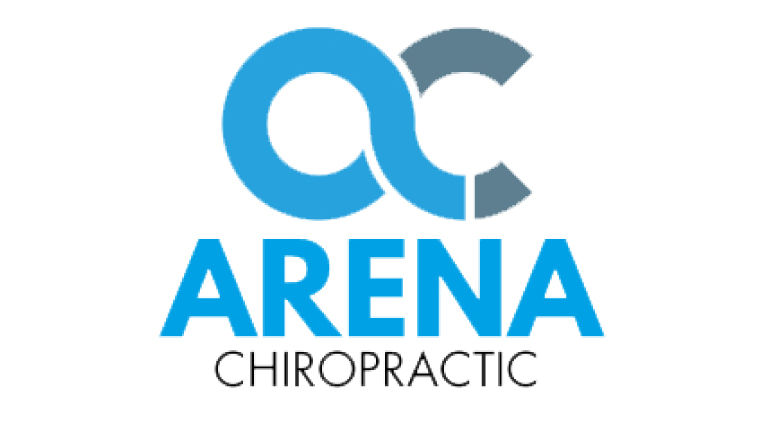Pasta, pizza, and peanut butter. We’ve all been there. For some of us, these three delicious, yet nutritionally limited, pantry items constituted our three main food groups for months, if not years of our 20s and 30s, possibly even our 40s. But there comes a time when the party’s over and we need to deal with reality in the form of tight clothes that used to fit nicely, expanding waistlines, and other unwanted signs of overweight and general lack of fitness.
The fact is that each of the three Ps is high in nutritive value when they are composed of organic ingredients. Pasta that is not organic probably is manufactured from processed flour and has lost most of its original nutritional quality. The same is true for pizza and peanut butter. Organic pizza actually covers three food groups – grains, fruits and vegetables, and dairy. Organic peanut butter is high in protein and essential fatty acids. So the three Ps are good for you. The problem, of course, is when they represent the majority of your weekly food intake.
What is a “well-rounded, healthful food plan”, actually? The basic answer is provided by the well-known food pyramid. The federal government (the U.S. Department of Agriculture) has recently replaced the traditional food pyramid with MyPlate, which is simplistic and not necessary an improvement. The Harvard School of Public Health (HSPH) has designed a Healthy Eating Plate graphic which is more detailed and provides better guidance. The general rules are to fill half your plate with fruits and vegetables, fill one-quarter of your plate with whole grains, and fill one-quarter of your plate with a protein source such as fish, chicken, beans, and/or nuts. The Healthy Eating Plate reminds people to drink plenty of water and to use healthy oils. The graphic contains information on choosing whole grains and how to select healthy fruits and vegetables.
Overall, this tool is an excellent resource and may be used in combination with the Healthy Eating Pyramid, created by the Department of Nutrition at HSPH. When a family takes the action steps recommended by these tools and applies the “five to stay alive” rule (the recommendation to eat at least five portions of fruits and vegetables each day),1 both adults and children will be well on their way to improved health and wellness.2
Eating a well-rounded diet takes some effort. That’s a main reason why so many adults default to the three Ps. Pasta, pizza, and peanut butter are not only fun to eat, they are also easy to prepare. But over time, relying on the three Ps for your nutritional needs will lead to problems.3 In contrast, the guidelines recommended by the Healthy Eating Plate, in association with “five to stay alive” principle, will provide a delicious, nutritionally sound food plan. We greatly assist our long-term health and that of our children when we begin to recognize the value of these guidelines, and are willing to spend a little extra time and effort at the market and in the kitchen to put the recommendations into action.1
Liu RH: Potential synergy of phytochemicals in cancer prevention: mechanism of action. J Nutr 134(Suppl 12):3479S-3485S, 2004
2Wang YC, et al: Reaching the health people goals for reducing childhood obesity: closing the energy gap. Am J Prev Med 42(5):437-444, 2012
3Drewnowski A, et al: Sweetness and food preference. J Nutr 142(6):1142S-1148S, 2012




